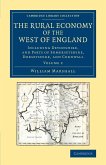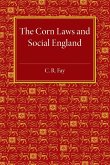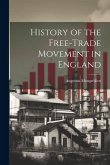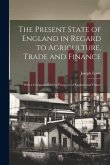A study of the flourishing market for horses in pre-industrial England.
Horses played a vital role in the economy of pre-industrial England. They acted as draught animals, pulled ploughs, waggons and coaches, worked machines, and transported goods around the country. As saddle animals they enabled their riders to carry out a wide variety of tasks, and at all levels of society they were regarded as status symbols in a unique relationship with man shared by no other animal. During the Tudor and Stuart period, horses were needed in ever-growing numbers, and for a greater variety of tasks. As demand grew, improvements became necessary in the means of supply and distribution. The agents of change, the specialist dealers, were often condemned as rogues and cheats, whose actions raised prices and caused shortages. Dr Edwards argues that, far from being generally unscrupulous, the dealers were no better or worse than those amongst whom they lived and worked.
Table of content:
Lists of tables, graph and maps; Acknowledgements; Introduction; 1. Horse breeding and rearing areas and the improvement of the native stock; 2. Horse fairs, markets and private dealing; 3. Horse dealers; 4. Horse stealing; Conclusion; Appendixes; Glossary; Bibliography; Index.
Hinweis: Dieser Artikel kann nur an eine deutsche Lieferadresse ausgeliefert werden.
Horses played a vital role in the economy of pre-industrial England. They acted as draught animals, pulled ploughs, waggons and coaches, worked machines, and transported goods around the country. As saddle animals they enabled their riders to carry out a wide variety of tasks, and at all levels of society they were regarded as status symbols in a unique relationship with man shared by no other animal. During the Tudor and Stuart period, horses were needed in ever-growing numbers, and for a greater variety of tasks. As demand grew, improvements became necessary in the means of supply and distribution. The agents of change, the specialist dealers, were often condemned as rogues and cheats, whose actions raised prices and caused shortages. Dr Edwards argues that, far from being generally unscrupulous, the dealers were no better or worse than those amongst whom they lived and worked.
Table of content:
Lists of tables, graph and maps; Acknowledgements; Introduction; 1. Horse breeding and rearing areas and the improvement of the native stock; 2. Horse fairs, markets and private dealing; 3. Horse dealers; 4. Horse stealing; Conclusion; Appendixes; Glossary; Bibliography; Index.
Hinweis: Dieser Artikel kann nur an eine deutsche Lieferadresse ausgeliefert werden.








